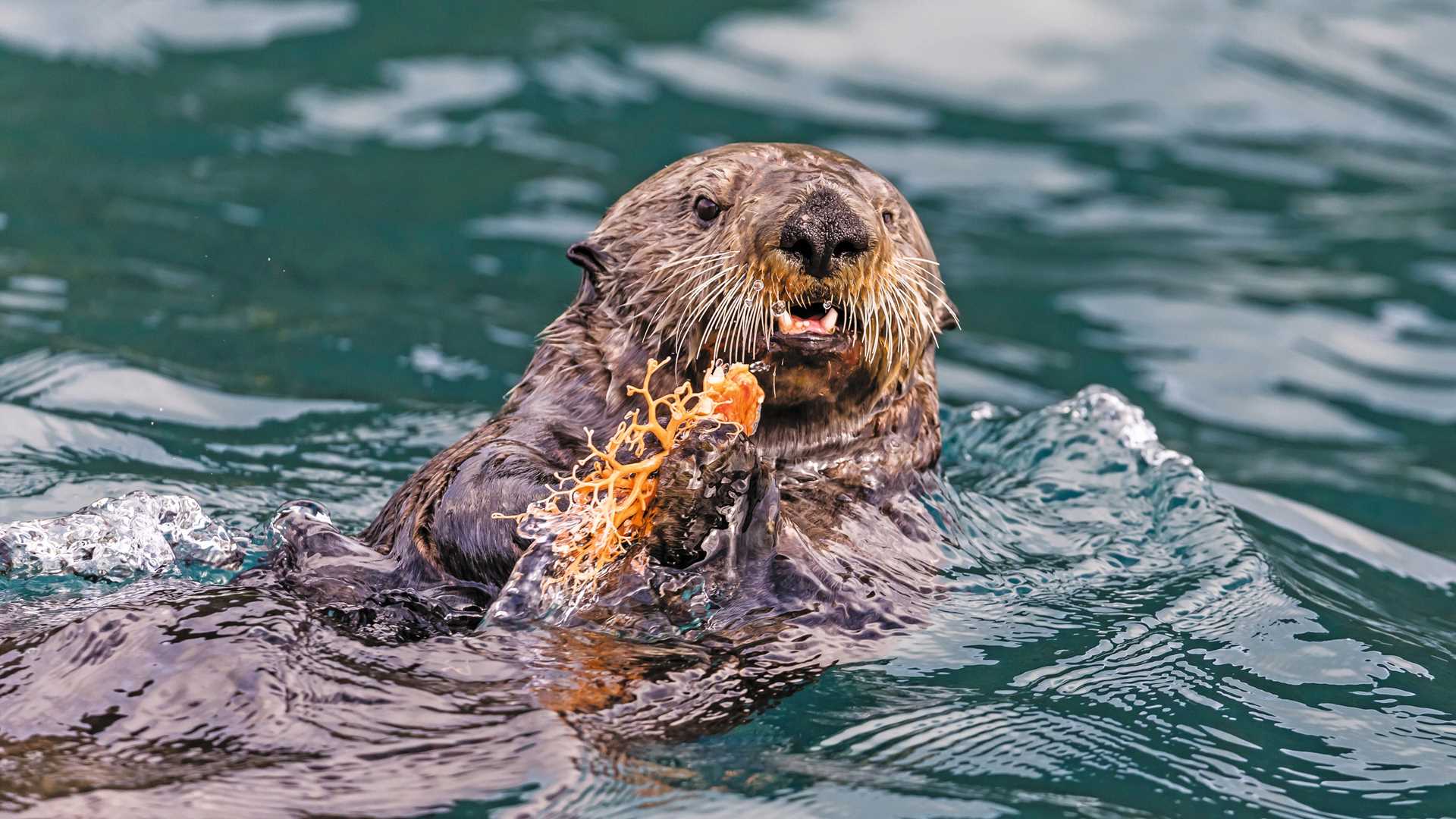Oct 2025
7 Min Read

As a certified photo instructor and naturalist with Lindblad Expeditions, it is Alex Krowiak's job to bring people to some of the planet's few remaining untouched locations; to show them the importance and uniqueness of each place; and to help share its story in the hopes that we might protect similar ecosystems around the world. No place is better to do this than Southeast Alaska’s Inian Islands. Get Inspired by Photos, Videos, Webinars, Stories, and Exclusive Offers. Sign Up
The Inian Islands sit just south of Glacier Bay National Park, at the threshold of the open Pacific Ocean and the sinuous inlets of the Inside Passage. As the rising tide floods, water is channeled in and begins to churn, bringing food from the bottom to feed predators at the surface. Together, these conditions make for one of the most exciting and high-energy locations we visit, full of wildlife and stories to tell. And in this spectacular haven for Alaska's animals, Krowiak has had some of his most memorable encounters as a guide. Here, he highlights a few of his favorites. To see more of Alex's work, follow him on Instagram @alex_krowiak.
JOIN US IN ALASKA THIS JUNE: Exploring Alaska's Coastal Wilderness or Wild Alaska Escape
All photos: Alex Krowiak
Steller sea lions cover the rocky shores of the Inian Islands, congregating in rookeries during the early summer mating season. These giant pinnipeds are the largest of all sea lions and have an appetite to match, hunting fish, squid, and octopus. The productive waters here guarantee that the hunting is easy and these hungry sea lions are satiated.
The predators come from above and below in the Inians. Scanning the tree line, it is not uncommon to see dozens of bald eagles patiently waiting. Mature individuals sport the distinctive white crown while juveniles blend in more easily with a mottled brown coat. When the eagles do spot prey and decide to go on the hunt, they can reach dive speeds between 75 and 99 miles an hour.
The nutrient-rich waters around the Inian Islands also support massive forests of bull kelp, a macroalgae that grows upwards of 60 feet and makes the ideal habitat for the one and only sea otter. Sea otters aren’t only adorable; they’re also highly important to the balance of the ocean ecosystem in Alaska. As a keystone species, they are dominant predators, keeping populations of sea urchins low and maintaining the overall biodiversity of the region's kelp forests.
On one of our most memorable days in the Inian Islands, we watched from our Zodiacs as a dozen humpback whales swam around us in every direction. The all-you-can-eat buffet that waits in Southeast Alaska is the prize at the end of a multi-thousand mile migration from Mexico and Hawaii. The humpback population here is incredibly unique, though. It is the only place in the world where humpback whales have been observed hunting collaboratively, using a method called bubble-net feeding wherein a group of whales works in unison with individualized roles to catch the herring that make up the majority of their diet. The whales will spend the summer feasting on fish in order to fuel up for their long journey south.
It’s not just the wildlife that makes the Inian Islands so special. On some rare, clear days in the summertime the views are backdropped by the 15,325-foot peak of Mount Fairweather. (Fun fact: Alaska is home to America's top 10 highest peaks.) Ironically, though, the mountain is shrouded in clouds and storms for much of the year. Maybe the native name Tsalxhaan would have been better.
Experience the Inian Islands and much more of Alaska this summer! Join us as we return to the wild on our 8-day Exploring Alaska's Coastal Wilderness or our 6-day Wild Alaska Escape.